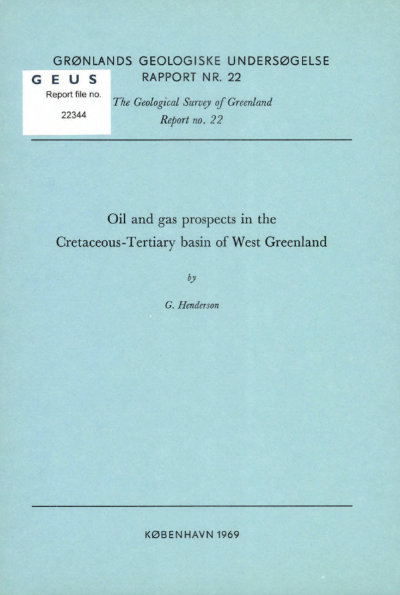Oil and gas prospects in the Cretaceous-Tertiary basin of West Greenland
DOI:
https://doi.org/10.34194/rapggu.v22.7214Abstract
The West Greenland basin contains marine and non-marine sediments ranging in age from Lower Cretaceous (Barremian-Aptian) to Paleocene (Upper Danian). The marine sediments are at least 1500 m thick in parts of Nûgssuaq and may reach 2000 m; the non-marine sediments attain a thickness of 1500 m in Nûgssuaq and Disko. Sediments older than those exposed may be present at depth. In a considerable part of the area the sediments are overlain by Tertiary basalts, which locally attain a thickness of about 8 km. The basin is fault-bounded and its coastline was probably largely fault-determined from the onset of sedimentation. Sandstone and shale are the main sedimentary types, and bituminous shales are an important part of the succession. Recent chemical analyses have shown that the bituminous shales include true source rocks; additional evidence in support of the existence of source rocks in the basin is provided by the presence of migrated hydrocarbons in sandstone close to a fault and by the presence of bitumen amongst the fluids brought to the surface in a mud volcano. The sandstones are regarded as good potential reservoir rocks, and there are good possibilities for the presence of structural and stratigraphic traps at depth. The first indications are encouraging and invite further exploration for oil and gas.
Downloads
Published
Issue
Section
License
This article is distributed under a CC-BY 4.0 licence, permitting free redistribution and reproduction for any purpose, even commercial, provided proper citation of the original work. Author(s) retain copyright over the article contents.


